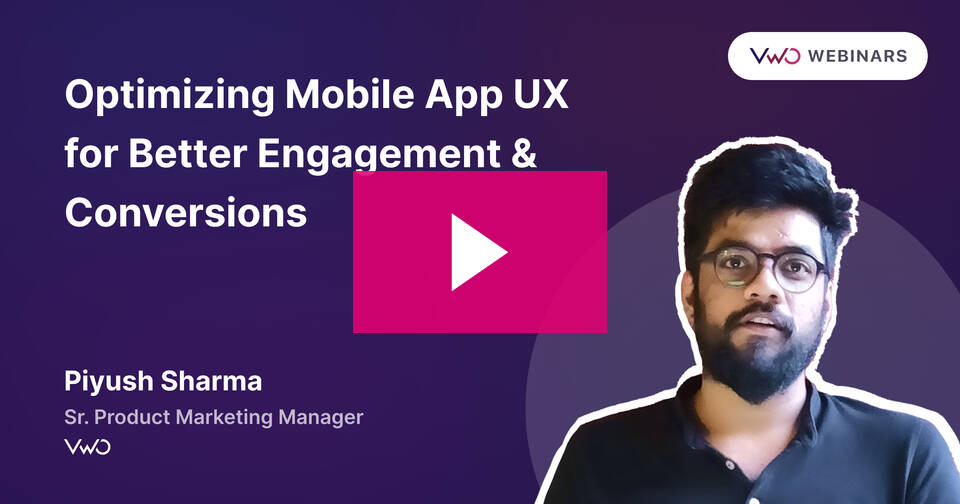Conversion Rate Optimization for Apps: Effective Ways to Drive Your App Success
Imagine trying to pick your top three favorite/go-to apps in five seconds.
Not as simple as it sounds, is it?
With so many apps being used day in and day out, deciding which ones are your absolute go-to can be confusing. Maybe you use one for work, another for shopping, and yet another for handling all your finances. We need them all!
Such is the impact of mobile devices and apps in our lives. They’ve become intertwined with our routines.
This reliance on apps fuels more demand, motivating businesses to release their apps to generate more revenue and get a slice of success.
But as the user base grows, so does the competition. If you need an app for your business, how will you make yours stand out from the rest?
That’s where app conversion rate optimization comes in – continuous improvement for long-term success. Wondering what it is and how it boosts mobile app conversions? Check out our blog for answers. We’ll show you how to make your app shine in a crowded market.

What is app conversion rate? Why should you measure it?
App conversion rate refers to the percentage of users taking action within a mobile app. The desired action can vary depending on the app’s goals and purpose – whether it aims to increase purchases, encourage form submissions, or promote engagement with specific features. A higher app conversion rate indicates that a larger proportion of app users are taking the desired action, while a lower conversion rate suggests the opposite.
This brings us to a pertinent question: is it really necessary to measure the app conversion rate? Yes, of course. Here are some of the reasons that make the effort worthwhile:
Reduce customer acquisition cost
By increasing the percentage of users who convert, whether it’s making a purchase, or signing up for a subscription, you ultimately lower your acquisition costs. When more users take desired actions within your app, you maximize the value of each acquired customer, making your marketing efforts more cost-effective.
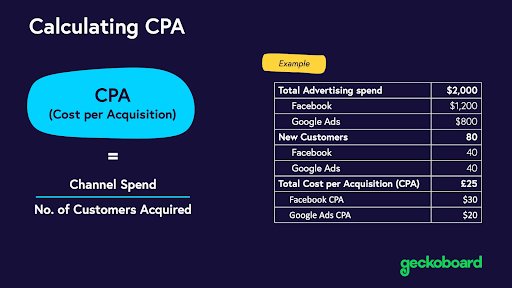
Enhance product understanding
Understanding how users interact with your app and where they drop off in the conversion funnel provides significant insights into your product’s strengths and weaknesses. By analyzing conversion rates at different stages of the user journey, you can identify areas for improvement and refine your app to better meet user needs and expectations.
To keep your app at the forefront of success, prioritize product-led growth. Discover how to lead this strategy by watching our webinar.
Improve user journey
Tracking app conversion rates allows you to pinpoint struggles in the user journey and implement optimizations to streamline the experience. Whether it’s simplifying the checkout process, optimizing form submissions, or enhancing onboarding flows, improving the user journey can lead to higher conversion rates and increased overall user satisfaction.
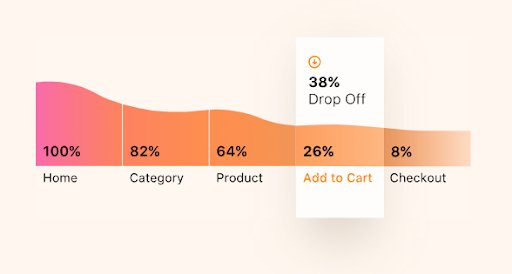
What does app conversion rate optimization mean?
Now that you understand why measuring conversion rates in your app is so important, what should you do if your conversion rates are low or if you want to improve them? You implement well-planned, insights-driven strategies to address the challenges and see how they affect your app’s conversion rate. This process is called app conversion rate optimization.
First, you will need to base your optimization strategy on research. How do you start with research? The metrics you’re already tracking will give you quantitative data – bounce rate, average session duration, purchases, and so on. But to understand how and why user behavior changes this data, you need to delve into user behavior analysis. It’s all about finding the “why” (user behavior) behind the “what” (data).
Wondering how to start? VWO Insights – Mobile App comprising heatmaps and session recordings will help you track how users tap on the screen, understand how they perform actions in your app, and even segment users based on their similarities like location, languages, different phones, and app versions.
Once you have gathered insights, you formulate hypotheses based on them and put them to the test. Once again, VWO can assist you with this process.
VWO Testing – Mobile App, with versatile testing capabilities, offers lightweight SDKs for iOS & Android, and seamlessly works with popular frameworks like Flutter, Cordova, and React-Native. Integrating the mobile app SDK is a simple one-time procedure, allowing VWO to generate API keys for easy app initialization on both iOS and Android platforms.
VWO provides a comprehensive solution for all your mobile app testing needs, from simple to advanced. You can enhance the in-app experience by refining app layout and UI copy, optimize user flow through streamlined checkout and onboarding processes, or experiment with new features like gamification or search algorithms—all in one platform.
Here’s an example of how this helps collectively –
Let’s say you notice users are dropping off from the home screen of your app in your analytics tool. As the next step, you observe in the heatmap that users are not scrolling down the home screen but clicking on images as shown by hot colors. Recordings show rage clicks on images because they are non-clickable. Based on this observation, you can hypothesize that adding image product filters to the home screen might pique their interest and encourage them to explore further. Plus, it solves the issue of rage clicks, as clicking these images will take them to the product listing page. Then, run a test to see if this hypothesis improves your app conversion rates.
Request a demo to have our experts walk you through the features and explain how A/B testing with VWO is seamless with just a few steps.
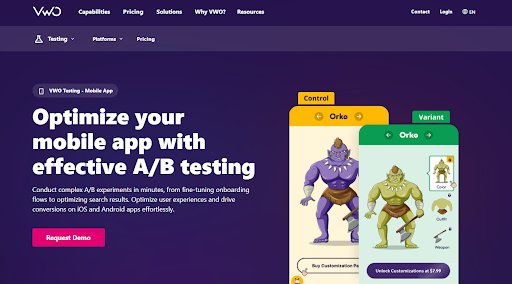
What are some important app conversion rates you should track?
If you’re aiming to boost your app’s conversion rates, simply focusing on surface-level metrics like the number of app downloads won’t cut it. It’s essential to dig deeper. Are your users truly finding value in your app? How seamless is their experience? Track metrics that indicate user adoption, user engagement, and ultimately, how all of that contributes to your revenue growth. Let’s explore which metrics matter most for enhancing your app’s performance.
Retention rate
This metric will tell you the percentage of users who continue to use your app over a certain period. A high retention rate tells you that your users are deriving enough value from your app to stick to it in the long term.
Read our blog to learn how to use behavior analytics to improve retention and control churn in your app.
Time to value
This refers to the time it takes for a user to realize the benefits or value proposition of your app after they first interact with it. A shorter TTV says that users are quickly realizing the value proposition of the app and are more likely to continue using it.
Average sessions per user
This metric calculates the average number of times users interact with an app within a given period. A higher average of sessions per user suggests strong app stickiness, as users who frequently interact with the app are likely to find value in its features and content.
Click-through rate
Click-through rate means the percentage of users who click a specific element, button, or link compared to the total number of users who view that element. It indicates the effectiveness of prompting users to take action within the app.
Revenue on ad spend
This is one of the most important metrics for marketers to track, especially if your business is investing in paid activities to grow its user base. This metric measures the revenue generated from advertising campaigns relative to the amount spent on them. It allows you to assess the profitability of your advertising efforts.
Purchase frequency
The metric helps understand if your marketing campaigns are effective in driving repeat purchases. For instance, if the purchase frequency for a subscription-based app is once every three months, it shows how frequently users renew their subscriptions.
Lifetime value
Lifetime value estimates the revenue generated by a user throughout their entire relationship with the app. It’s a key metric for understanding the long-term profitability of users and guiding marketing strategies.
If a user’s LTV is higher than the cost to acquire them, you can carry on with paid activities. If not, reassess paid campaigns and turn to organic strategies.
How does app conversion rate affect app store ranking
We have stressed the importance of conversion rate optimization for apps over the number of downloads. That’s because a higher number of downloads doesn’t guarantee increased user satisfaction or higher sales. But at the same time, we understand the challenge of getting your app noticed and downloaded in the first place.
Remember, higher conversion rates significantly impact your app’s ranking in the app store. A higher app conversion rate tells app store algorithms that more users find your app appealing and decide to install it, positively influencing its ranking. App stores like the Apple App Store and Google Play prioritize apps with higher conversion rates, recognizing them as engaging and valuable to users.
Good conversion rates improve rankings, ultimately contributing to more downloads because your app surfaces as the first choice to download when users search. Once again, a higher download velocity further improves ranking.
So, if you want your app to succeed, you can’t treat these components in isolation and should pay equal focus to each of them.
9 tips to increase app conversion rate
The process of improving app conversion rates is more than just a bunch of hacks. If you take one idea and think it can move the needle, that won’t necessarily help. Why do you want to implement it? How do you want to do it? What result should it bring? Do these align with users’ expectations? Only by finding answers to these questions will you see results.
Understand user behavior
This step forms the bedrock of your app conversion optimization strategy. Before you implement any kind of improvement plans, understanding the current patterns in user behavior is vital. Once you know where you lack and what’s causing friction, you can prepare the rest of the roadmap accordingly.
And in this exercise, leveraging behavioral analytics plays a crucial role. Colored heatmaps and user recordings offer a dynamic insight into user interactions within your mobile app.
Heatmaps show the hotspots and cold zones, revealing user preferences and potential bottlenecks. Session recordings give a detailed view of individual user journeys, pinpointing areas of confusion or abandonment.
Watch this webinar to find out more about app optimization for better engagement and conversions.
Streamline onboarding
Lengthy onboarding process will only test your users’ patience. Simplifying the process by requesting only necessary information reduces barriers to entry into your app. For instance, a productivity app could request basic details during onboarding and progressively gather additional details within the app.
This user-centric approach ensures a smooth start, making new users even more inclined to explore the app’s offerings and boosting overall app conversion rates.
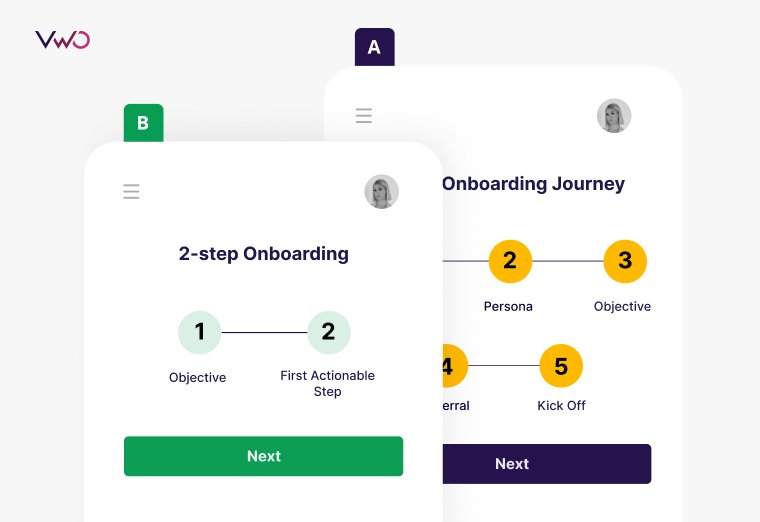
Make CTA buttons prominent
Given smaller screens on mobile devices, you’ve to plan the content arrangement within your app strategically. Users may get frustrated if CTAs, elements that actually lead them to action, are not readily visible. Therefore, making CTA buttons stand out and placing them in easily accessible locations becomes essential. Clear labeling, contrasting colors, and strategic placement help users quickly identify and interact with CTAs, even on small screens.
Show trust elements
Ensuring trust and security in mobile apps is super important, especially since we do so much through our phones nowadays – from banking to grocery shopping and even ordering our favorite clothes. By showing trust elements and security certifications, apps can help ease our worries and make us feel confident about using them.
Examples of trust elements include customer reviews, testimonials, trust badges, and endorsements, while security elements encompass SSL certificates, two-factor authentication, secure payment gateways, and transparent data protection policies.
Incorporating these elements ensures secure and worry-free user experiences, ultimately increasing conversion rates.
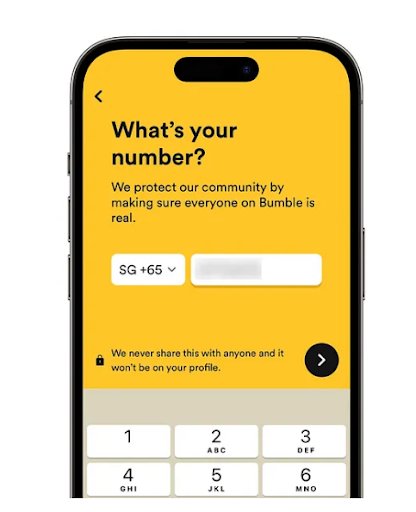
Include gamification elements
As user interactions tend to be more straightforward, immersive, and interactive in apps, incorporating some gamification elements can enhance conversion rate optimization for mobile apps.
For example, Duolingo is a language learning app, and it makes learning so much fun and interactive by using gamification.
Adding rewards and challenges in an app motivates users, giving them a feeling of success and urging them to try out different features. Also, leaderboards and shared achievements create a friendly community vibe in the app, making users feel more connected.
Straightforward navigation layout
Since mobile users are on the move, they need everything to be easy to reach. To improve layout and navigation for an easy user experience, prioritize essential features and minimize clutter. Don’t forget to give clear and concise labeling for buttons and menus. Incorporate a visible menu icon, such as a bottom navigation bar, for easy access to additional navigation options.
Design navigation elements to be thumb-friendly, allowing for easy reach and comfortable interaction. Maintain consistency in the placement of navigation elements across screens to establish familiarity. Show visual cues like icons and colors to differentiate between different navigation items.
Simplify checkout
When users encounter a simple and efficient process, they can breeze through their purchases without much hassle. This straightforward approach reduces the chance of them abandoning their shopping carts. To make your checkout process smoother, there are a few things worth trying. First off, minimize the number of fields in your checkout forms.
Also, consider offering a guest checkout option and providing various payment methods to cater to everyone’s preferences. Don’t forget to include progress indicators so users know how far along they are in the checkout process.
As for whether a single-page checkout or a multi-page one with a progress bar is best for your app, it’s a good idea to run some tests to find out.
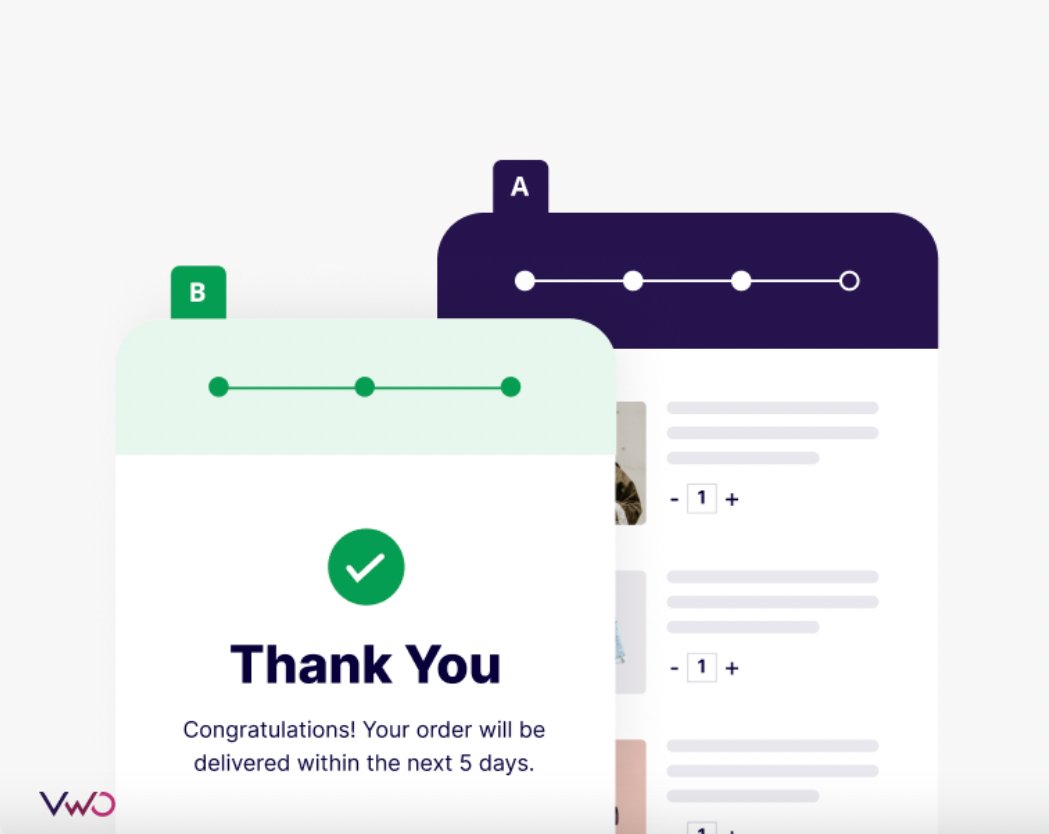
Keep a tab on metrics
We’ve already shared the key metrics to track for measuring your app’s success. But don’t just check these metrics and forget about them. Document them and compare them with your industry benchmarks – see where your numbers stand. Revisit these metrics to see if they are improving or plummeting.
Consider what actions you can take to enhance them. While it’s important to focus on micro-conversion goals like click-through rate or average session duration to gauge user engagement, prioritize macro-conversion metrics such as lifetime value or purchases that align with broader business objectives.
Focus on continuous experimentation
Continuous testing is an essential part of the app conversion rate optimization process. Even if you have a winning test promising more app conversions, examine different segments to see if there are more opportunities for further tests, perhaps even more focused ones tailored to specific segments.
Let’s say a test performed exceptionally well for a segment of millennial female buyers on your app. Show them a personalized sales banner next time so their chance of availing the offers increases, and thus, your chance of improving sales also increases.
If a test doesn’t go well, don’t dwell on it. Instead, tweak your idea and try again with better strategies. By shipping ideas validated through testing, you can avoid the pitfalls of implementing flawed ideas, thus saving your valuable resources.
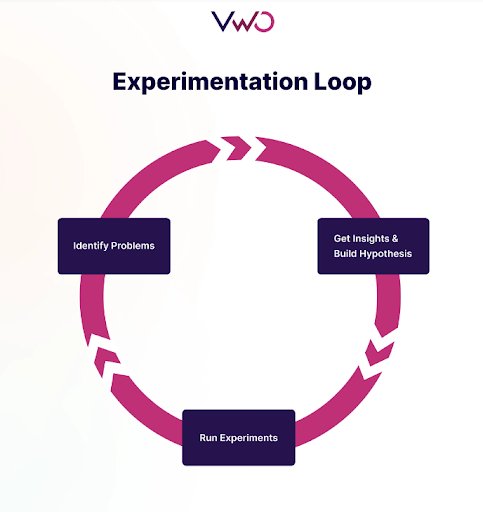
Quick tips to improve ranking in the app store listing
So, we’ve talked about optimizing your app, something our VWO Mobile App Testing product assists businesses with. But if you’re interested in optimizing for higher rankings in the app store, here are some quick tips:
App name and keywords
Ensure that along with your app name, you include relevant keywords to attract more eyeballs and align with user searches. Regularly update keywords to optimize for higher search volume terms.
App screenshots
Optimize app screenshots with visually appealing designs that effectively showcase key features and benefits of your apps. Include concise text overlays to highlight USPs and encourage downloads.
App description
Craft a compelling and concise app description using engaging language and relevant keywords to capture user interest. Prioritize important information, such as promotions and key features, at the beginning of the description to grab attention. Provide clear details about in-app purchases and subscriptions towards the end.
Ratings and reviews
Maintain a high app rating (above 4 stars) by actively engaging with user feedback and addressing concerns promptly. Use templates to streamline responses and maintain a positive relationship with users. Regularly monitor and analyze reviews to gather insights for further improvements.
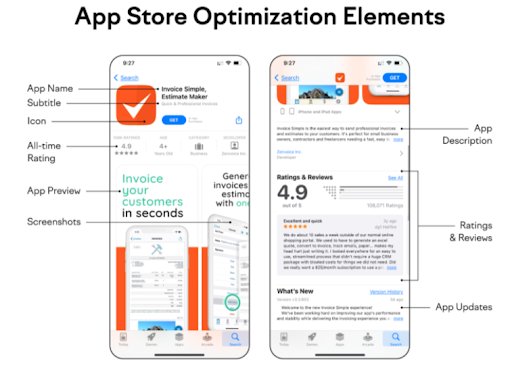
Conclusion
If you think hiring a bunch of app developers to work on your app is all it takes, that’s not the case. There’s more to it than that. In fact, launching your app is just the start of the journey, not the end. Continuous optimization is the true key to app success. It’s about refining, enhancing, and adapting to meet evolving user needs and market trends.
With VWO’s comprehensive suite of behavioral analytics and testing capabilities, app owners can seamlessly navigate the path to success, ensuring their app remains at the forefront of innovation and user satisfaction. Want to see if we walk the talk? Request a demo to have experts guide you through the features that can truly benefit in your pursuit of app optimization.


